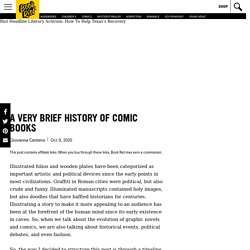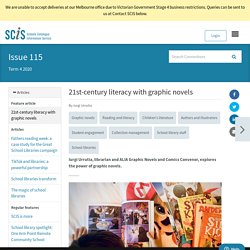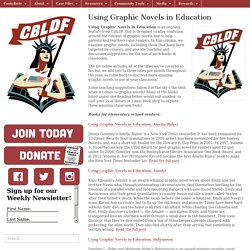

A Very Brief History of Comic Books. This post contains affiliate links.

When you buy through these links, Book Riot may earn a commission. Illustrated folios and wooden plates have been categorized as important artistic and political devices since the early points in most civilizations. Graffiti in Roman cities were political, but also crude and funny. Illuminated manuscripts contained holy images, but also doodles that have baffled historians for centuries. Illustrating a story to make it more appealing to an audience has been at the forefront of the human mind since its early existence in caves. So, the way I decided to structure this post is through a timeline evolution. Before we get into the specific art styles and evolution throughout time, I think it’s essential to go through some term definitions. The Stack Newsletter Sign up to The Stack to receive Book Riot Comic's best posts, picked for you.
Thank you for signing up! By signing up you agree to our terms of use Captain America was ahead of the curve in that sense. 21st-century literacy with graphic novels. Reading is reading We read books, newspapers, magazines, billboards, signs, notices, bills, websites, blogs, social media posts et cetera.

When we read all those things, consciously or unconsciously we’re developing and using multiple literacy skills. Thanks to the internet and social media, we’re also increasingly relying on visual literacy and multimodal texts. Comics have long suffered a stigma that is unfortunately frequently reiterated by teachers, parents and librarians. A child is reading a comic or wants to borrow one and a well-meaning grown up says, ‘Pick a real book. A comic – a graphic novel – is sequential art. The power of comics Comics come in all shapes, forms and genres. We know that comics are attractive to children. Comics are an excellent resource for educators because they engage struggling readers with a visual allure. 21st-century literacy with graphic novels. Reading is reading We read books, newspapers, magazines, billboards, signs, notices, bills, websites, blogs, social media posts et cetera.

When we read all those things, consciously or unconsciously we’re developing and using multiple literacy skills. Thanks to the internet and social media, we’re also increasingly relying on visual literacy and multimodal texts. Comics have long suffered a stigma that is unfortunately frequently reiterated by teachers, parents and librarians. A child is reading a comic or wants to borrow one and a well-meaning grown up says, ‘Pick a real book.
A comic – a graphic novel – is sequential art. Using Graphic Novels in Education – Comic Book Legal Defense Fund. Using Graphic Novels in Education is an ongoing feature from CBLDF that is designed to allay confusion around the content of graphic novels and to help parents and teachers raise readers.

In this column, we examine graphic novels, including those that have been targeted by censors, and provide teaching and discussion suggestions for the use of such books in classrooms. The list below includes all of the titles we’ve covered so far, but we add two to three titles per month throughout the year, so come back to discover more amazing graphic novels to use in your classroom! Some teaching suggestions follow, but the sky’s the limit when it comes to graphic novels! Many of the books listed under one heading below would suit another, so visit your local library or comic book shop to explore these amazing classroom tools! Books for elementary school readers: Using Graphic Novels in Education: Amelia Rules! Jimmy Gownley’s Amelia Rules! Using Graphic Novels in Education: Amulet Jennifer L. Ms. Graphic Novels Break Through at the 2020 Youth Media Awards. Graphic Novel Discussion Guide 2018. Resources and Toolkits.
The Graphic Novels & Comics Round Table Resources and Toolkits collects, creates, and promotes content around how to best use comics in the classroom, in the library, and in advocacy. 2019 Sept #CreatorsGetCarded promotion for #LibraryCardSignup Month NEW!

Quick Guide to Reading Library Comics at Home - March 2020 (updates will be made as needed) Comic Peoples Resources: Industry Finances - March 2020 (created for C2E2 2020) - This guide offers resources for finding financial information specific to the comics industry. It is primarily focused on North American markets and standards. Social Justice and Comics - June 2019 (book lists created during sessions at ALA Annual 2019 Friday Forum) - topics include: body image, disabilities, immigration, incarceration, intersection of queer and people of color, and non-traditional families Check out the GNCRT YouTube playlist for all our archived Webinars and Live Streams 2019 Sept: #BannedBooksWeek series of 5 webinars.